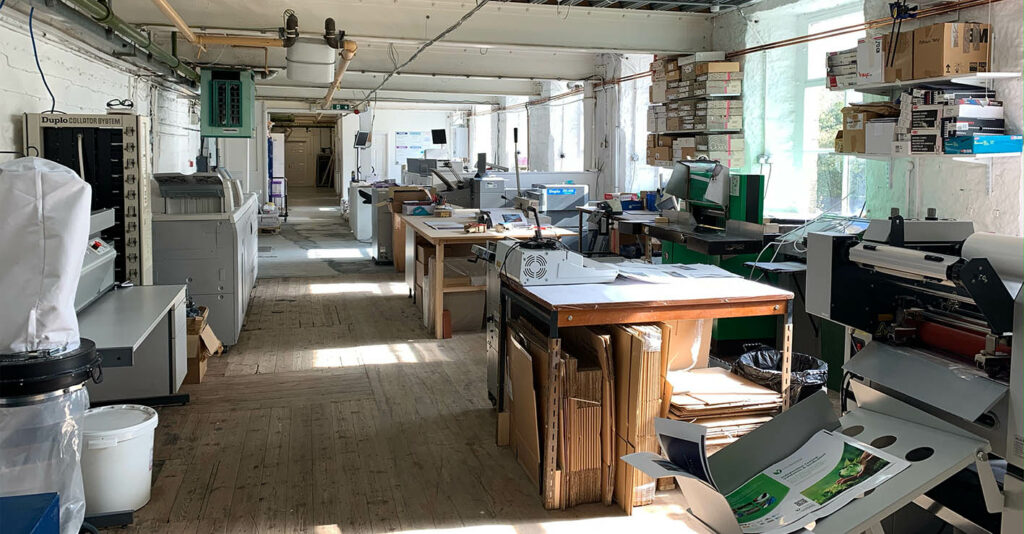Ethics…
Authenticity and knowing what is real and what is less so is a real challenge in a world which is extremely fast and evolving. When it comes to ethics, authenticity is something you dismiss, as ethics shouldn’t be fluffed.
We’ve always been open about the where’s and wherefores about what we do, equally our offering in product and our culture. We’ll try here to unpack a few of the attributes around what we do.
Paper, is sourced from credible sources, through mainstream paper merchants, with products whose supply chain we can identify back to the source (paper mill) and then through to the content pulp for the product. Much has changed in the last 5 years, traceability is now even more critical. We advocate certain producers, whose carbon footprint mileage on to us is as low as it can be. (However understand that sometimes, other factors influence purchasing decisions) Equally, we will source paper through channels which means we enable reuse, where it might be unsuitable for other production processes, where we can purposefully bring it into production.
The toner (ink) in our digital presses, is 94% plus compostable. Our presses whilst well used, are still within service tolerances, we chose to ensure we maximize the use, and lifespan of any physical resource as the manufacture of machines does incur a carbon footprint, which we aim to minimize through extended working life. We run a policy of not running machines on standby, reducing our electric consumption. We still have Riso type machines, which are also low power consumption along with running soy-based inks, which are an environmentally friendly option. Interestingly our digital presses print already reaches benchmarks that Royal Mail has specified for sustainable mail pieces.
Large format print is latex and dye-based inks, both are non-solvent based inks, which are environmentally friendly. We are in the throws of exploring and product beta testing non PVC materials for banners, further demonstrating our commitment to moving our operations in the right direction.
We are well aware of the issues around laminates used both in sheetfed print and large format. The evolution of products in this area to counter the need for plastic for protection is evolving, we actively watch this. Equally, we do question the need to specify and equally, if we can substitute other products like direct printing onto polyester, a good example is hospitality menus which have been previously Matt laminated, printing them on a nevertear polyester product. This is great as it can be recycled and also kept hygienic by being able to be clean with alcohol-based cleaners.
Like many other businesses, we ensure our office products are sustainable too, recycled plastic in our biro’s, our office waste paper gets combined with our production waste paper for recycling. Our paper recycling also has a tangible minimal carbon footprint, it’s recycled less than 10 miles away by Sonoco, turning into cardboard tubes.
For garments we use for apparel, we use credible brands, with traceable certifications, coupled with organic and sustainable recycled polyester products. Responsibility for specifying will see garments shift considerably in the next few years, we actively spend time expanding our knowledge to deliver the best solutions we can. Print technologies are shifting as well, and we expect to see progression in what we offer soon.
That’s a lot about the tangible items in the business, intangibles still are a substantial part of what we do. A significant group of staff in the business are Scout leaders and have interests in other community-focused groups, this does make “how” we do things slightly different, values are a big part of the way we do things. You can see from many of the blogs on this website about thinking.
We as a business also see our responsibility to encourage and develop other local businesses too. Through business networking, building connections to enable the best local. Encouraging startups, taking care of neighbours and doing our bit to ensure our immediate environment is pleasant and welcoming.
We do aim for a holistic approach around our ethics in the business. We’re not box shifters, we proudly describe ourselves by offering an honest service. It’s a rounded encompassing, personal service, aimed with respect for what we do for you.






